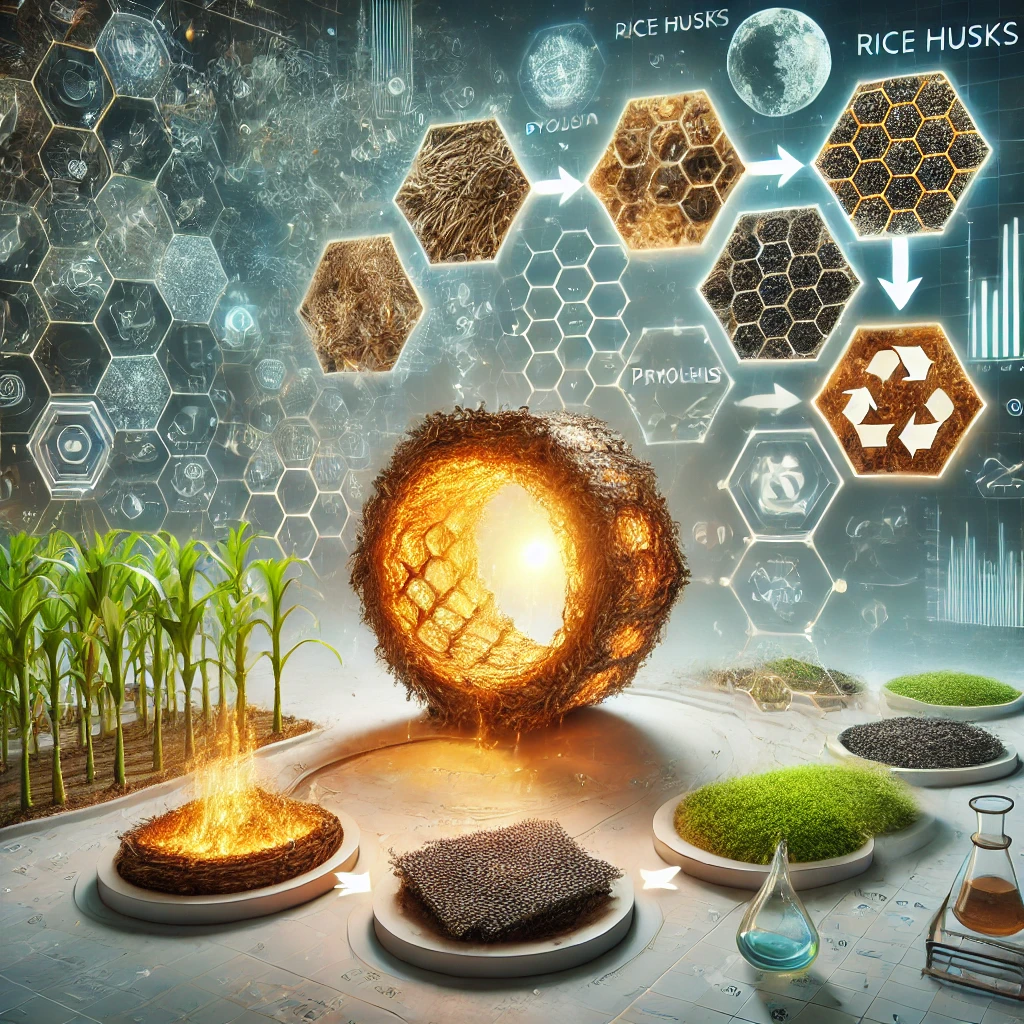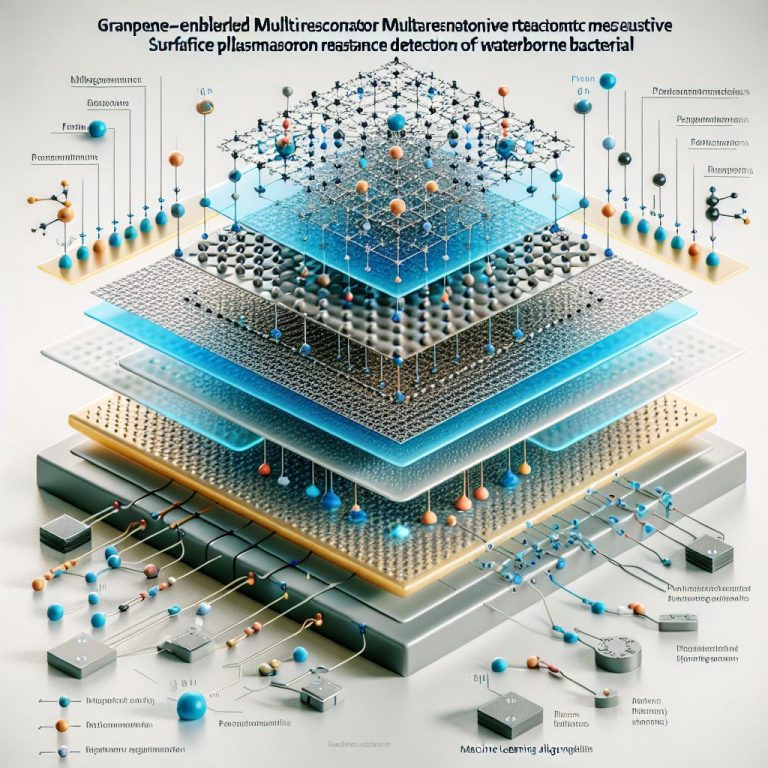A Review on Sustainable Graphene Production from Rice Husks: Strategies and Key Considerations
Unlocking the Potential of Rice Husks: A Sustainable Route to Graphene Production
Introduction
Graphene, often hailed as a “wonder material,” has revolutionized various industries due to its extraordinary properties—superior electrical conductivity, remarkable mechanical strength, and exceptional chemical stability. However, traditional methods of graphene production face challenges such as high costs, energy consumption, and significant environmental impact. Recent research led by Dr. Faten Ermala Che Othman and her collaborators offers a sustainable alternative: using rice husks, a byproduct of the agricultural industry, as a precursor for high-quality graphene.
This article explores the motivation behind this research, the history of graphene synthesis, experimental insights, and the promising results of using rice husks as a sustainable graphene source. It also delves into the broader implications and future directions for this innovative approach.
The Motivation Behind the Research
Dr. Othman, a researcher at the Singapore University of Technology & Design, has long been fascinated by sustainable materials and their potential to address environmental challenges. Growing concerns about waste management and carbon emissions in the agricultural and industrial sectors inspired her to explore rice husks as a precursor for graphene production. With over 150 million tons of rice husks generated globally each year, they represent an abundant and underutilized resource. Converting this waste into high-value graphene aligns with the principles of a circular economy and offers a solution to mitigate waste and emissions.
Graphene: A Historical Perspective
Discovered in its modern form in 2004 by Andre Geim and Konstantin Novoselov, graphene is a single layer of carbon atoms arranged in a honeycomb lattice. Its development earned the Nobel Prize in Physics in 2010. While methods like chemical vapor deposition (CVD) and mechanical exfoliation have been widely used to produce graphene, they come with high costs, energy demands, and environmental concerns.
The quest for more sustainable production methods led researchers to explore biomass-derived graphene. Among various biomass sources, rice husks stand out due to their high cellulose content and unique physicochemical properties.
Research Objectives and Hypotheses
The team hypothesized that rice husks, with their rich carbon content, could be converted into graphene through pyrolysis—a thermochemical process involving high temperatures in the absence of oxygen. Their goal was to optimize the pyrolysis conditions to maximize graphene yield while minimizing environmental impacts. They also aimed to evaluate the quality of rice husk-derived graphene compared to graphene from synthetic precursors.
Experimental Process
The researchers employed pyrolysis to decompose rice husks into biochar, which was then further processed into graphene. Key parameters such as temperature, heating rate, and residence time were systematically varied to optimize the process. They also conducted life cycle assessments (LCA) to compare the environmental footprints of rice husk-derived graphene with traditional methods.
Key Findings
- High Graphene Quality from Rice Husks
- The resulting graphene exhibited a high degree of graphitization, comparable to that derived from synthetic precursors like polymethyl methacrylate (PMMA).
- Transmission electron microscopy (TEM) confirmed the hexagonal lattice structure and bilayer properties of the rice husk-derived graphene.
- Environmental Benefits
- The carbon emissions associated with rice husk-derived graphene were significantly lower than those from synthetic methods. The process achieved a carbon-negative status by offsetting emissions through the use of agricultural waste.
- The energy consumption of the pyrolysis process was optimized to ensure cost-efficiency.
- Versatile Applications
- The rice husk-derived graphene demonstrated excellent thermal and electrical properties, making it suitable for use in energy storage, water purification, and construction materials.
Implications and Global Impact
- Waste-to-Resource Solutions
By repurposing agricultural waste, this method reduces the burden on landfills and mitigates the environmental impact of rice husk disposal. It also aligns with global efforts to combat climate change by promoting carbon-negative technologies. - Affordable Graphene Production
The low cost and abundant availability of rice husks make this approach economically viable, particularly for developing countries where rice farming is prevalent. - Sustainability in Industry
The adoption of rice husk-derived graphene could revolutionize industries such as electronics, automotive, and construction by offering a sustainable alternative to traditional materials.
Challenges and Future Directions
While promising, this method faces challenges such as scalability and achieving consistent graphene quality. Future research could focus on:
- Process Optimization: Refining the pyrolysis process to improve yield and quality.
- Integration into Circular Economies: Developing frameworks for the widespread collection and utilization of rice husks.
- Expanding Applications: Exploring novel uses for rice husk-derived graphene in emerging technologies like wearable electronics and advanced sensors.
Conclusion
The work of Dr. Othman and her team highlights the immense potential of sustainable graphene production from rice husks. This innovative approach not only addresses critical environmental challenges but also opens new avenues for the large-scale application of graphene in a sustainable manner. By turning waste into a valuable resource, this research exemplifies the transformative power of science in creating a greener future.


